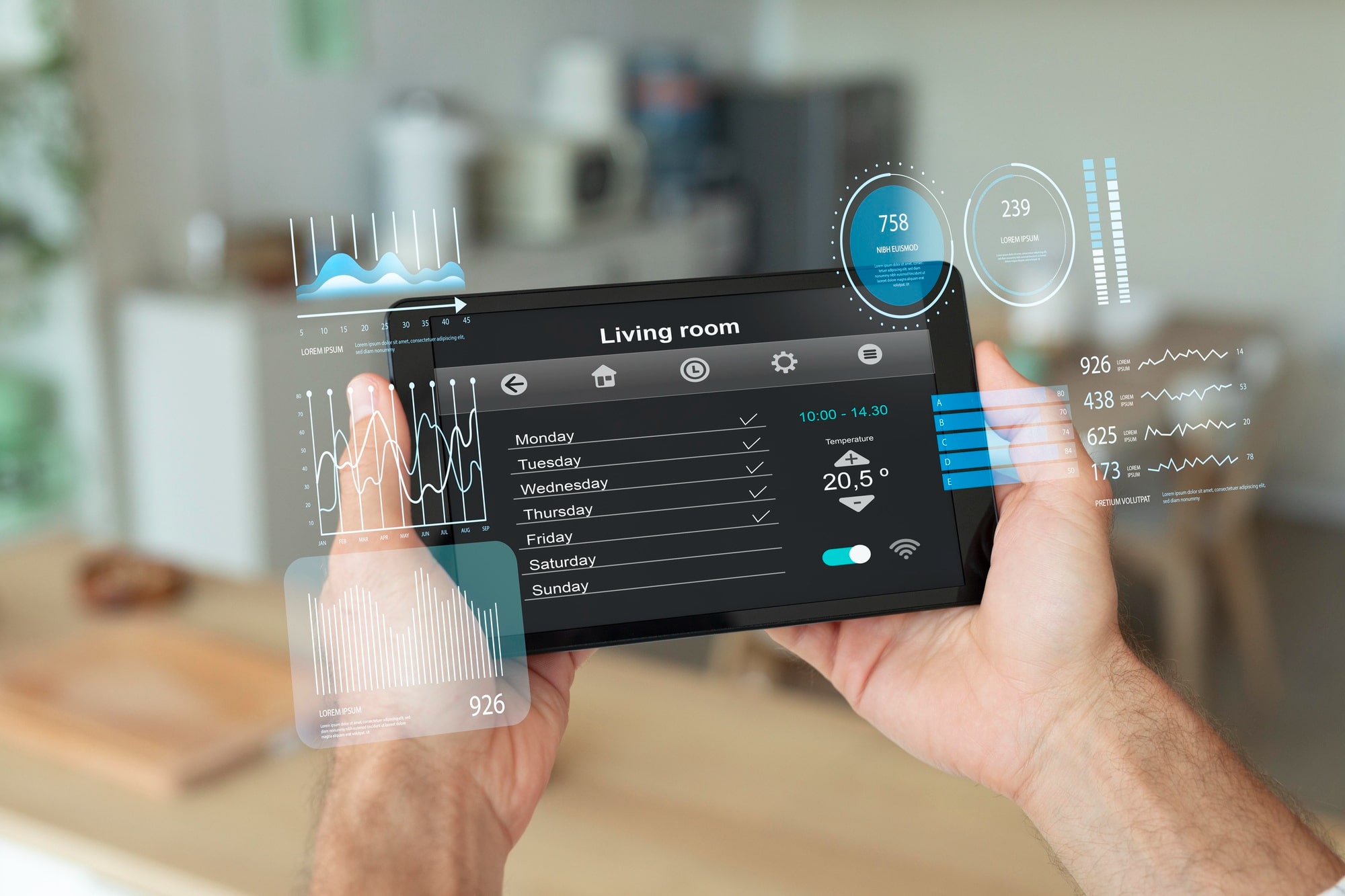Imagine this: You’re on vacation, miles away from home. You get a notification that someone tried to access your front door. But instead of panicking, you smile. Why? Because your access control IoT devices have your back. In a world where security threats evolve every day, smart access control isn’t just a luxury—it’s a necessity.
What Are Access Control IoT Devices?
Access control IoT devices are smart gadgets that allow or restrict access to physical or digital spaces. These devices are connected to the internet and offer real-time access management, monitoring, and automation. Think smart locks, facial recognition systems, RFID readers, biometric scanners, and mobile app-enabled door controls.
Why Traditional Locks Just Don’t Cut It Anymore
Traditional locks are outdated. Lost keys, stolen cards, and manual logging all lead to potential breaches.
Pain Points of Old Systems:
- Keys can be copied.
- Access logs are manual.
- No remote monitoring.
- Limited scalability.
- No alerts in real-time.
It’s like using a paper map in the age of Google Maps.
The Rise Of Smart Security
Over 70% of modern security breaches are preventable with better access control. IoT takes traditional systems to the next level with data intelligence and automation. Let’s explore why these devices are changing the game.
Benefits Of Access Control IoT Devices
- Real-Time Monitoring: Instant alerts. Live tracking. Know who enters and when—from anywhere in the world.
- Remote Access: Grant or revoke access remotely: control doors, gates, or even safes from your phone.
- Audit Trails: Every entry or exit is logged. Perfect for audits, compliance, and investigations.
- Custom Access Levels: Give employees, family, or guests unique access schedules. No more handing out keys.
- Cost-Effective: Reduces staffing needs and rekeying costs—long-term savings with high security.
Types Of IoT Access Control Devices
- Smart Door Locks: Keyless entry with PINs, mobile apps, or biometric authentication.
- Facial Recognition System: Used in high-security offices, schools, and airports. Fast and touchless.
- RFID and NFC Systems: Scan cards or phones to enter. It is ideal for office and hotel use.
- Fingerprint Scanners: Biometric accuracy with unique identifiers. Used in both residential and commercial properties.
- Mobile App Integration: All controls are in your pocket. Get alerts, lock/unlock, or review logs instantly.
How These Devices Work
IoT access control works by connecting your hardware (like a smart lock) to the cloud. When a person tries to gain entry:
- The system verifies identity via app, card, face, or fingerprint.
- Data is sent to a server for validation.
- If the credentials match, the system unlocks.
- The entry time is logged automatically.
This all happens within seconds.
Where Are They Used?
These devices are now common across:
- Homes: Front doors, garages, gates.
- Businesses: Offices, warehouses, server rooms.
- Healthcare: Drug cabinets, patient records rooms.
- Education: Dorms, labs, classrooms.
- Hospitality: Hotel rooms, conference halls.
Features To Look For In IoT Access Control
When investing in security, don’t settle. Look for:
- Encryption protocols (AES-256 or higher).
- Multi-user management.
- Cloud backup.
- Battery alerts.
- Failsafe and emergency access options.
Always choose devices with automatic firmware updates to stay ahead of hackers.
Challenges And Solutions
- Power Outages – Solution: Backup batteries or manual overrides.
- Hacking Threats – Solution: End-to-end encryption and 2-factor authentication.
- Complex Setup – Solution: Choose user-friendly systems with app support.
Your Loved Ones Deserve This Safety
Let’s be real. You’d do anything to protect your kids, pets, or aging parents. Why risk it with outdated systems? Smart access control gives you peace of mind, whether you’re at work, on vacation, or asleep. Your family’s security is priceless. And now, it’s fully controllable from your phone.
Access Control In The Workplace: A Game Changer
Companies lose billions annually due to data leaks and internal theft. Smart access prevents unauthorized entry to sensitive areas. This is not science fiction. This is IoT integration. IoT devices are mostly compatible with:
- Google Home.
- Amazon Alexa.
- Apple HomeKit.
- Smart lighting, alarms, CCTV systems.
The more integrated your setup, the smarter your home or office becomes.
What The Future Holds
In the next 5 years, access control will go fully biometric and AI-driven. Systems will predict behavior, auto-respond to threats, and adapt to new risks. Voice recognition, retina scans, and AI-based decision-making will become the norm. Get in now. Be ahead of the curve.
Conclusion
Access control IoT devices are not just a security upgrade—they’re a lifestyle shift. They offer peace of mind, real-time control, and deep customization. Don’t wait for a security breach to take action. Start smart. Stay safe.
Frequently Asked Questions
Are IoT access control devices safe from hackers?
Yes, if they use strong encryption, regular updates, and multi-factor authentication. Always buy from reputable brands.
Do I need Wi-Fi for smart locks?
Most do require Wi-Fi or Bluetooth. Some offer offline modes but with limited features.
What happens during a power outage?
Good systems come with battery backups or manual keys to ensure access.
Can I give guests temporary access?
Absolutely. You can create one-time codes or time-restricted access for visitors, cleaners, or Airbnb guests.
Do these devices require monthly subscriptions?
Some advanced features (like cloud storage or remote monitoring) may need subscriptions. Basic access usually works without one.






0 Comments